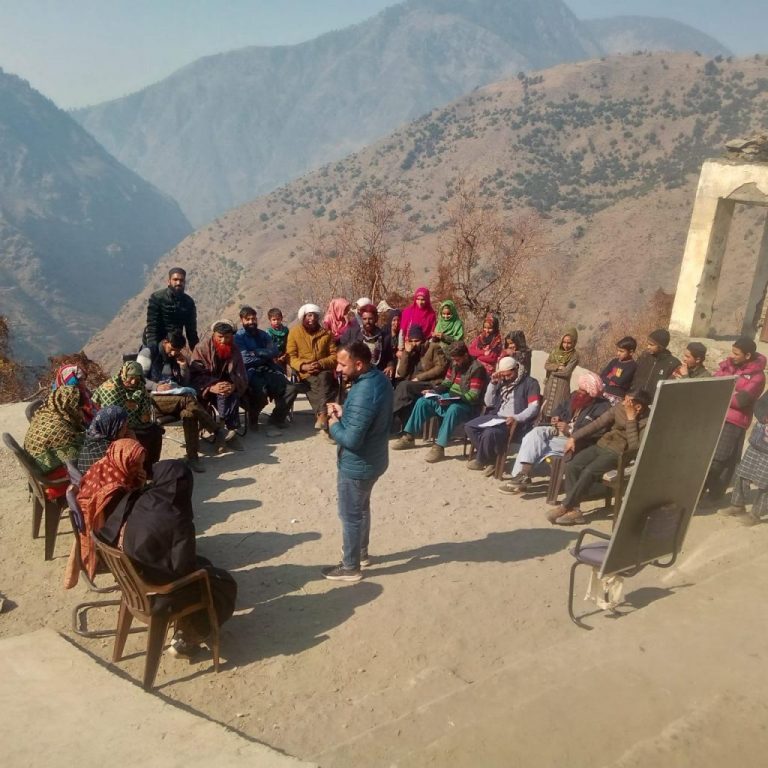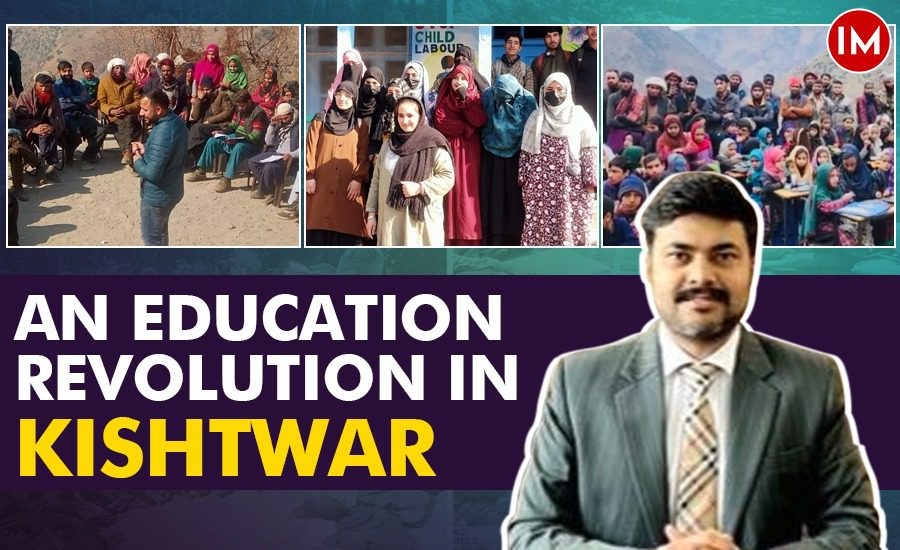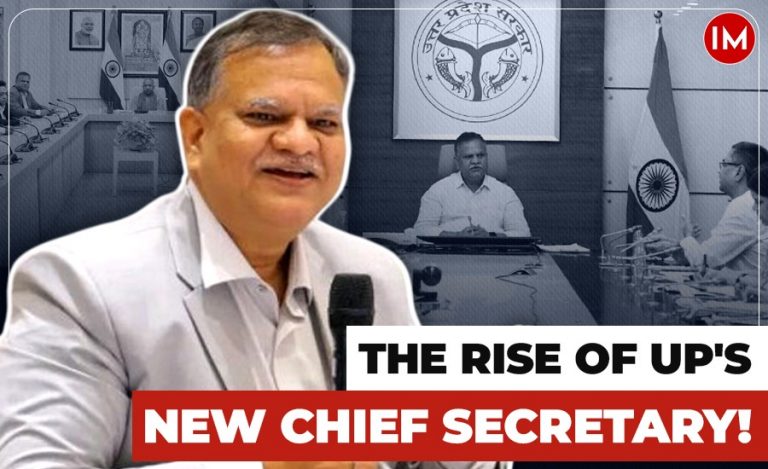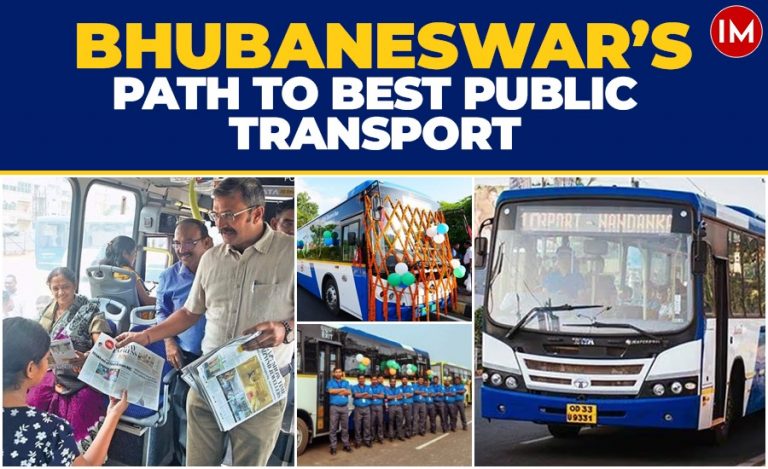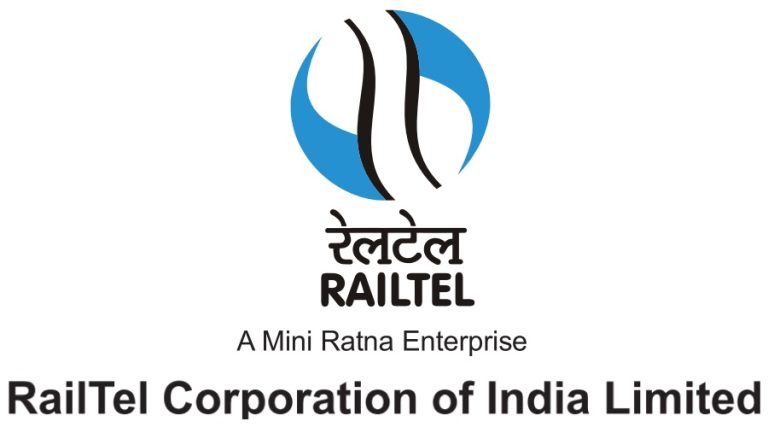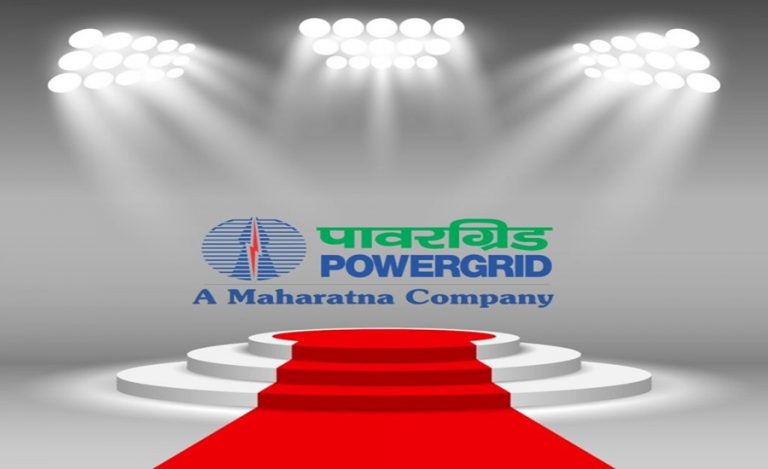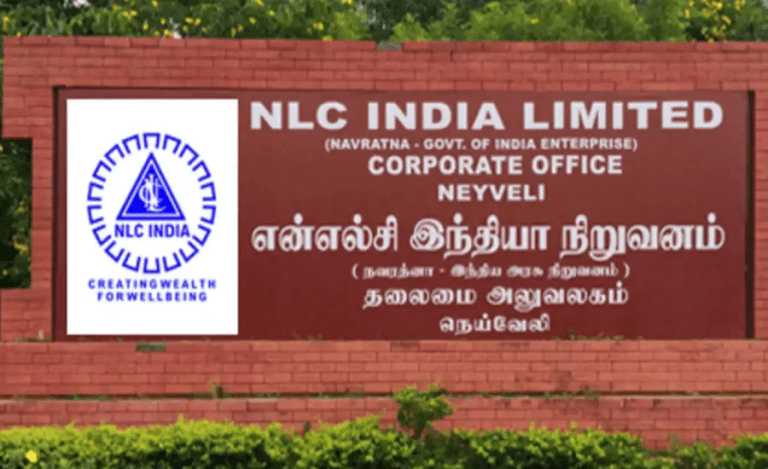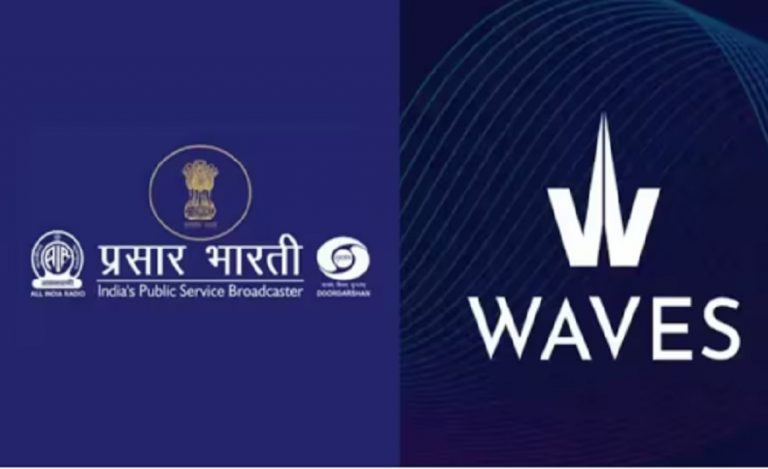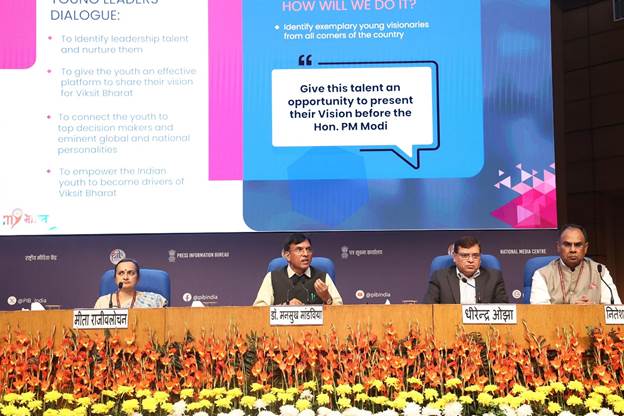Five-years old Anjum hailing from Kashmir’s tribal Bakarwal community, is now studying in a primary school in Kishtwar district of Jammu & Kashmir. A native of Marwah bloc, she had never seen a school till a year ago. She couldn’t even recognise alphabets. There are more than 1400 students, like Anjum, who got admission in more than 100 schools, under ‘Back to Schools’ initiative of Kishtwar administration.
It was kicked off in January, 2023. But, now, the second phase of this initiative has been started and another 200 out of school students – mostly tribals – have been identified for enrollment in the schools. Administration is ensuring that no child in 6-14 yrs age group is denied education.
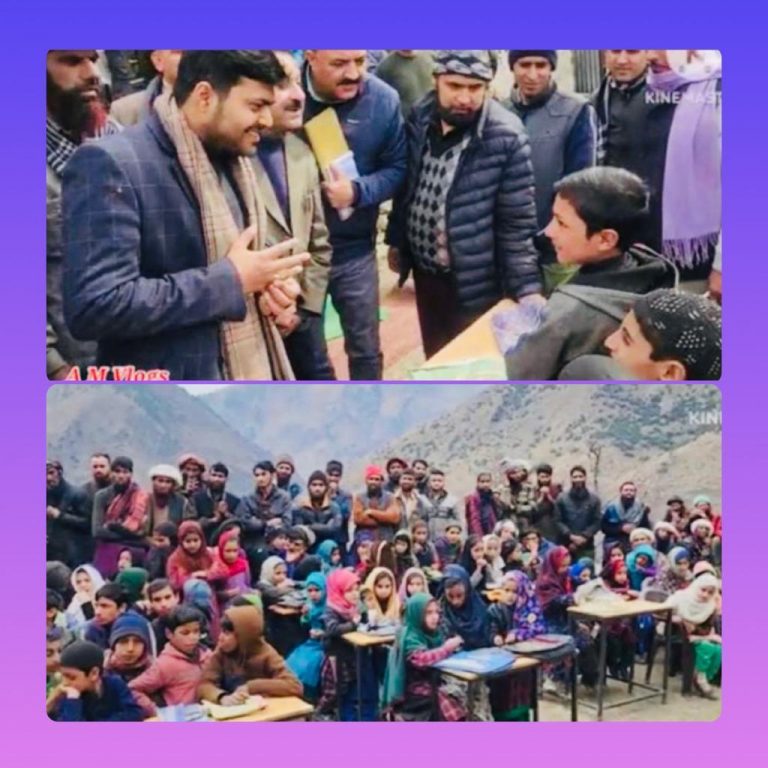
BACKGROUND
There is about 15 percent tribal population in the district mostly Gurjar and Bakarwal. They go out to graze cattle during Summers which is why their children miss their school.
A survey conducted by ‘Samagra Shiksha’ under ‘Operation Talaash’ across Jammu and Kashmir to find out the status of education in 2020-21revealed that 2000 Kishtwar children in the age group of 6 to 14 years and 14 to 18 years are not in the schools and colleges. There were two categories of children, one who never went to school and the other who were dropouts.
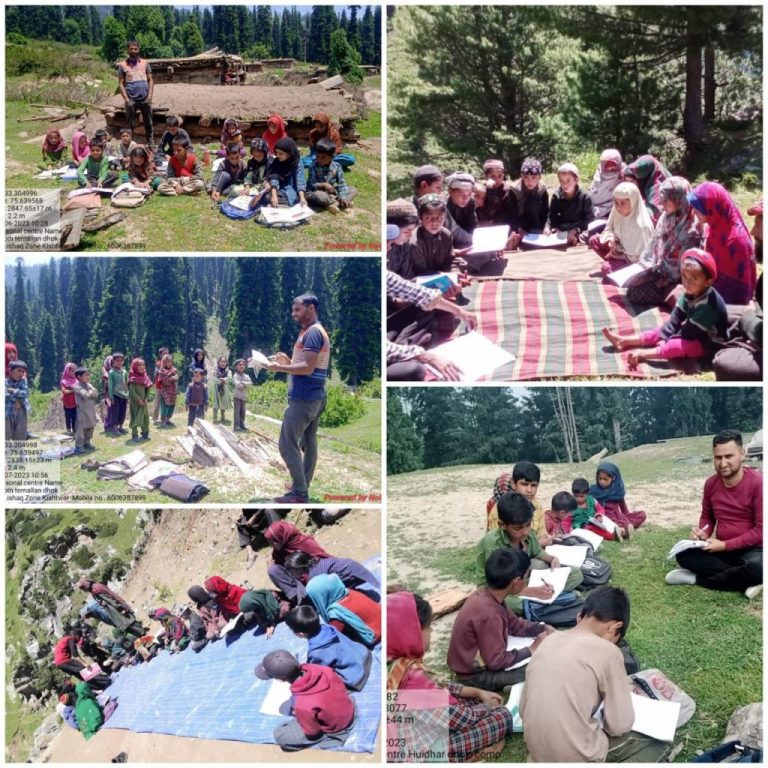
IMPLEMENTATION
Following this, Kishtwar administration in December, 2022 asked all government officer to hold Gram Sabha meetings in the schools of their area. People were told about importance of education. Resolutions were passed in these meetings to send children to schools. Almost 90 percent parents agreed.
But there were some people who had genuine problems like not having a birth certificate or a labour card and summer migration. Administration provided solution to do such issues. It issued birth certificates of 500 children, got labour card made for unskilled persons so that they could earn enough to afford their children’s education. It also opened more than 100 seasonal centres. Although there already are 50 such schools, and their numbers have increased.
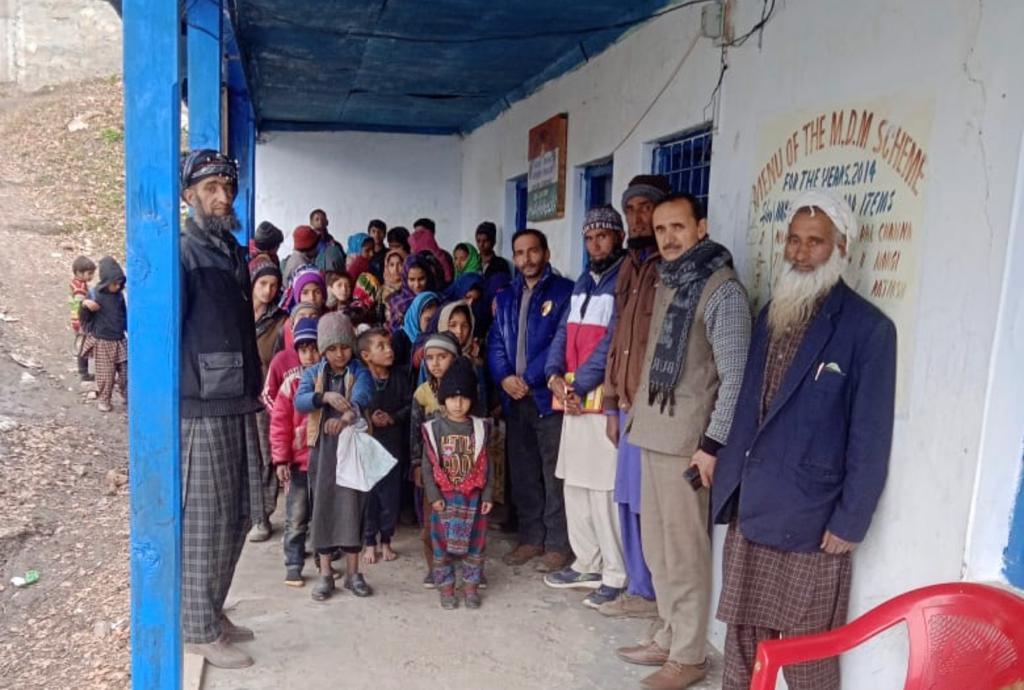
ADMISSION
After their children were admitted, they were given a 3-month ‘bridge course’ so that they could learn the basics. Then baseline tests of the children were taken, and the District Institute of Education and Training (DIET) also trained the teachers.
Mr Yadav said “Bridge course is to prepare out of school children to enrol in the school.”
The administration conducted another survey in 2022-23 and found that out of those 2000 children, many were married and some had crossed 14 years, the upper age limit for primary education.
Mr Yadav told Indian Masterminds, “We didn’t restrict our intervention to 6 to 14 year age group. Children above 14 years are being provided education under the Adult Education Program. The Local NGOs and Individuals provided lot of support like donating bags, books and stationery to the students.”
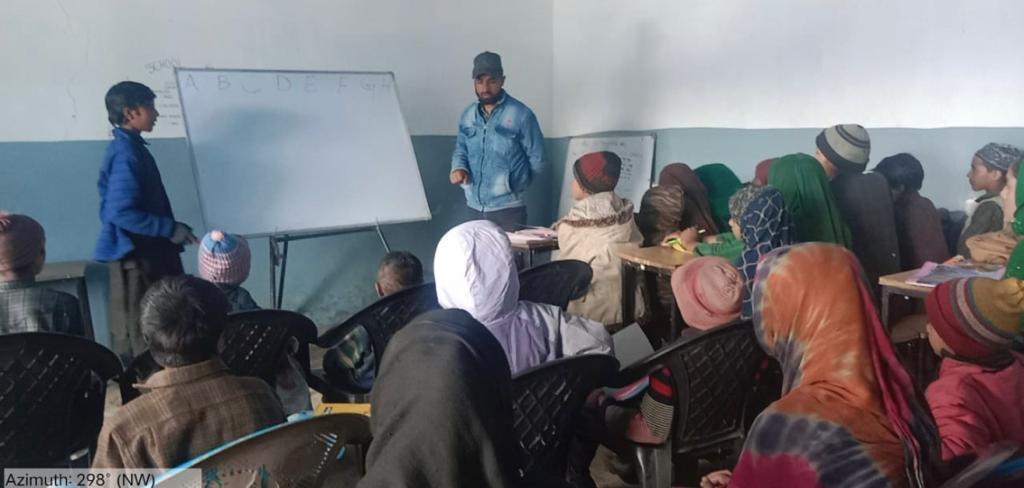
MONITORING
After the enrolments, the administration also started monitoring their progress. Special attention is being paid to test results and attendance in monitoring with help of online data. The data of schools is filed online every 2 to 3 months.
It is also necessary to sustain this exercise. The administration has formed a ‘Tribal Social Reform Committee’ comprising influential people of tribal society, public leaders and parents of children.
Mr Yadav said, “This committee keeps telling them that their main focus should be children’s education. Parents are asked to join the school management committee so that they can monitor their children’s education and become their partners in this work.”
